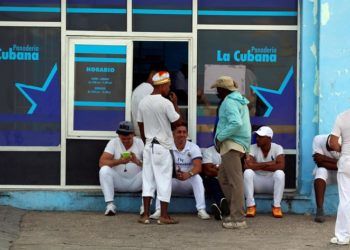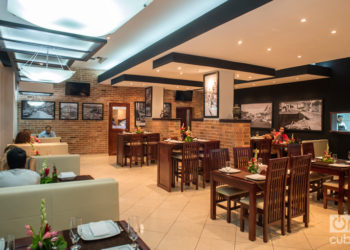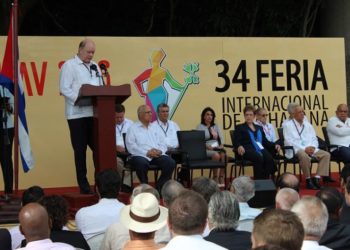What’s special about this period
I'm not going to talk about the chicken that can’t be found anywhere, nor the famous Brazilian rice so demanded and that has almost disappeared, nor the packages of mincemeat, before a second-choice recourse and now pursued from shopping center to shopping center, nor the possible power cuts. Even less those who opportunistically will now try to obtain capital gains from scarcity. Temporarily regulating the supply of products can be an effective palliative for specific situations and you have to use it, but always with the understanding that it has to be temporary. And yes, in the end I'll have to talk about chicken. Much has already been written about this so-called new special period, from the perspective of harsh news and also from others, which are closer to its causes and possible consequences. I only intend to address some issues related to this new situation of economic crisis in the country. The name of the special period "in times of peace" was assumed by the political leadership in Cuba to describe the economic crisis that became fully evident in the early 1990s. It assumed that name that had already been used to define the situation that Cuba could face...



























